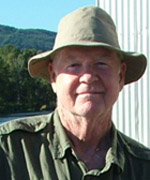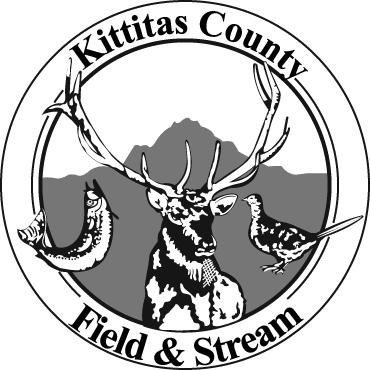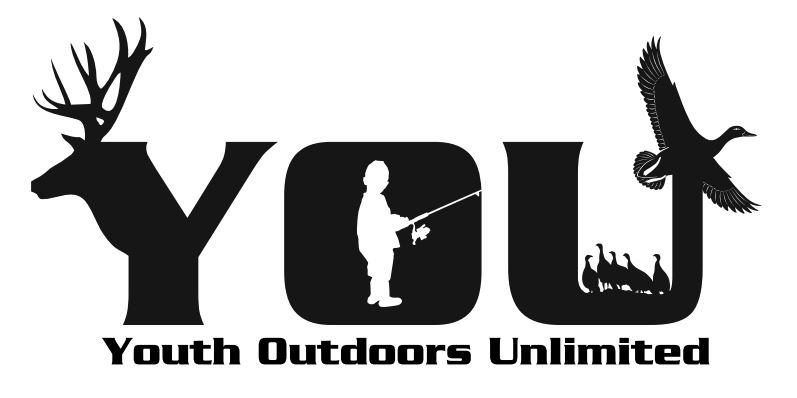Game Meat and Hunters’ Myths
It’s making meat season again. And I always hear some great stories.
Young Homey asked about our September trip to Wyoming. Valley Huntmaster Steve Kiesel and I are heading to Sheridan for our annual antelope and deer hunt. Son-in-law Chris will again drive up from Denver and Son James – wild hog slayer – will make his way from his new location outside Boise. We generally take an antelope doe apiece and a white-tailed doe or two. Homey wondered how much actual meat we made on our annual journey.
“Depending on the size and age of the animals, we generally figure on 35 to 45 pounds of boned bring-home meat per carcass,” I said. “Well,” he said, “at least if you are cutting it yourself you get all the meat. Last fall, my uncle killed a huge bull – probably at least a thousand pounds – and only got a little over 200 pounds back from the guys who cut it up. You gotta really watch that stuff, I think. And he thought maybe they hung it so long over a week that it dried out too much.”
Here we go, again. “Well,” I said,”I suspect your uncle got all his meat back. The aging does dry a little water, but it is important for eating quality, and that ‘thousand-pound bull elk” stuff is mostly just that – bull. A really, really big Rocky Mountain bull elk might weigh 800 or more pounds but that is very rare. A Roosevelt Bull will generally be a little bigger, but ours are Rocky Mountain wapiti.”
After a brief and spirited defense of his uncle’s ability to estimate critter size, Homey asked what made me so sure about all that.
“Well,” I noted, “I have been at this stuff for many decades, including time looking over the research on wild game at the Wyoming Agricultural Experiment Station.”
My Old Man made the case for good game meat when I was a young kid. I watched him wash a deer carcass. He was taking a lot of pains about it, and I told him so. “Well,” he smiled, “I figure I oughta take care of it as if we were going to eat it.”
Deer and elk have similar muscle tissue and structure to beef, so they generally benefit from similar “aging.” The Old Man and Uncle Ed would hang a beef in a cool place for 10 or 12 days, then wipe off the light layer of green mold with vinegar water and cut it into great eating. I’ve aged dozens of deer and elk to delicious perfection the same way. Antelope, however, are different.
In the late ‘90s, I took Brother Tom on a warm September Wyoming antelope hunt – the same place we are heading now. After a great stalk, he took a nice doe with one careful shot. We cleaned, washed and chilled the carcass, to be cut and frozen as soon as he got it back to Boise. Unfortunately, an uncle (a world‑class expert in EVERYTHING) cornered him. “Nope,” Uncle Wisdom said, “ya gotta hang them things fer at least a week and a half or they’re not edible!” By the eighth day, the antelope carcass was like mushy liver. Tom took it to the dump.
I like the University of Wyoming Agricultural Experiment Station bulletins on aging and cutting of game meat. Based on the study of hundreds of game animal carcasses, they have research on everything from tenderness rating (most meat gets tougher for a day or so after the kill, for example) to when to leave the hide on – and for how long. I often recommended those bulletins (and our county coop extension publications) to people who don’t get the top quality meat they expect.
Aging holds meat at a constant cool temperature (34‑37 degrees F.) long enough for the natural enzymes in the meat to break down some of the complex proteins in the muscles, so it becomes more “tender.” Time of aging varies with species. Antelope becomes “liver‑like” if held too long, so the ag researchers recommend cutting in three days. Cut deer and small cow elk or moose after seven days or so, and bulls after 14 days.
Then there’s that “yield” stuff. For my entire hunting career, I’ve heard hunters brag about “1,000 pound bulls” or “400 pound bucks.” (I may have even done it myself.) Truth is, such critters are mostly myths, rare in nature. We have myths about how much cut meat an animal will produce, too.
So, Homey’s uncle had taken a big six‑point bull, and his cut meat came to a little over 200 pounds. He just knew something fishy had happened in the processing. The Wyoming guys worked that out, too.
Field dressing an antelope, deer or elk removes about 1/3 (.32 to .35) of its live weight. Removing head, skin, legs, etc. takes another 1/8 (.11 to .14). Cutting loss (if you leave some of the bones with cut meat) will be another 1/5 (.18 to .22) or so of the live weight. If you go for all boneless cuts, you’ll lose another 1/15 (.06) or so. At the end, your meat to the freezer will be somewhere around one‑third of the animal’s live weight.
The uncle’s bull elk probably walked around at nearly 700 pounds; a big bull.
I don’t worry much about this stuff. I age the carcass cuts I like, and package stew or grind meat right away. I make most everything from steaks to sausage. I use it all. And make up whatever story I want about how big it was.







